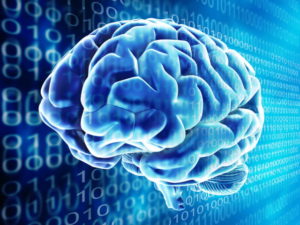How Hollywood techniques and VR are changing the field of neuroscience
 At the 2017 Society for Neuroscience annual meeting in Washington D.C., a team of researchers showed off two projects that highlight what this technology can do when applied to the realm of neuroscience.
At the 2017 Society for Neuroscience annual meeting in Washington D.C., a team of researchers showed off two projects that highlight what this technology can do when applied to the realm of neuroscience.
Tyler Ard, a researcher at the University of Southern California in Los Angeles, showed how computer rending techniques can be applied to the results of MRI scans to produce images from large amounts of data. Ard and his team have developed software that will make it easy to import this data. He also said they plan on making it freely available to other scientists.
The team isn’t content to solely make use of CGI for MRI scans, however. They are also combining it with virtual reality to create 3D images of the human brain, allowing researchers to more easily study the brain and perform virtual dissections. Ard believes that this will be a more effective means of learning neuroanatomy than traditional means.
...a team of researchers at the University of Utah in Salt Lake City have developed a program that will allow scientists to use VR to more easily trace neurons.
The team from the University of Utah has found a way to create 3D VR images of neuron pathways, allowing scientists to walk around their images and use handheld controllers to rotate them.
In order to show off the program, the team had four professional neuroscientists map a series of neuron images using the new VR technology and standard desktop computer. The VR proved just as accurate as the desktop method, but was 1.7 times faster.
See the full story here: https://www.digitaltrends.com/virtual-reality/cgi-and-vr-change-neuroscience/
Pages
- About Philip Lelyveld
- Mark and Addie Lelyveld Biographies
- Presentations and articles
- Tufts Alumni Bio